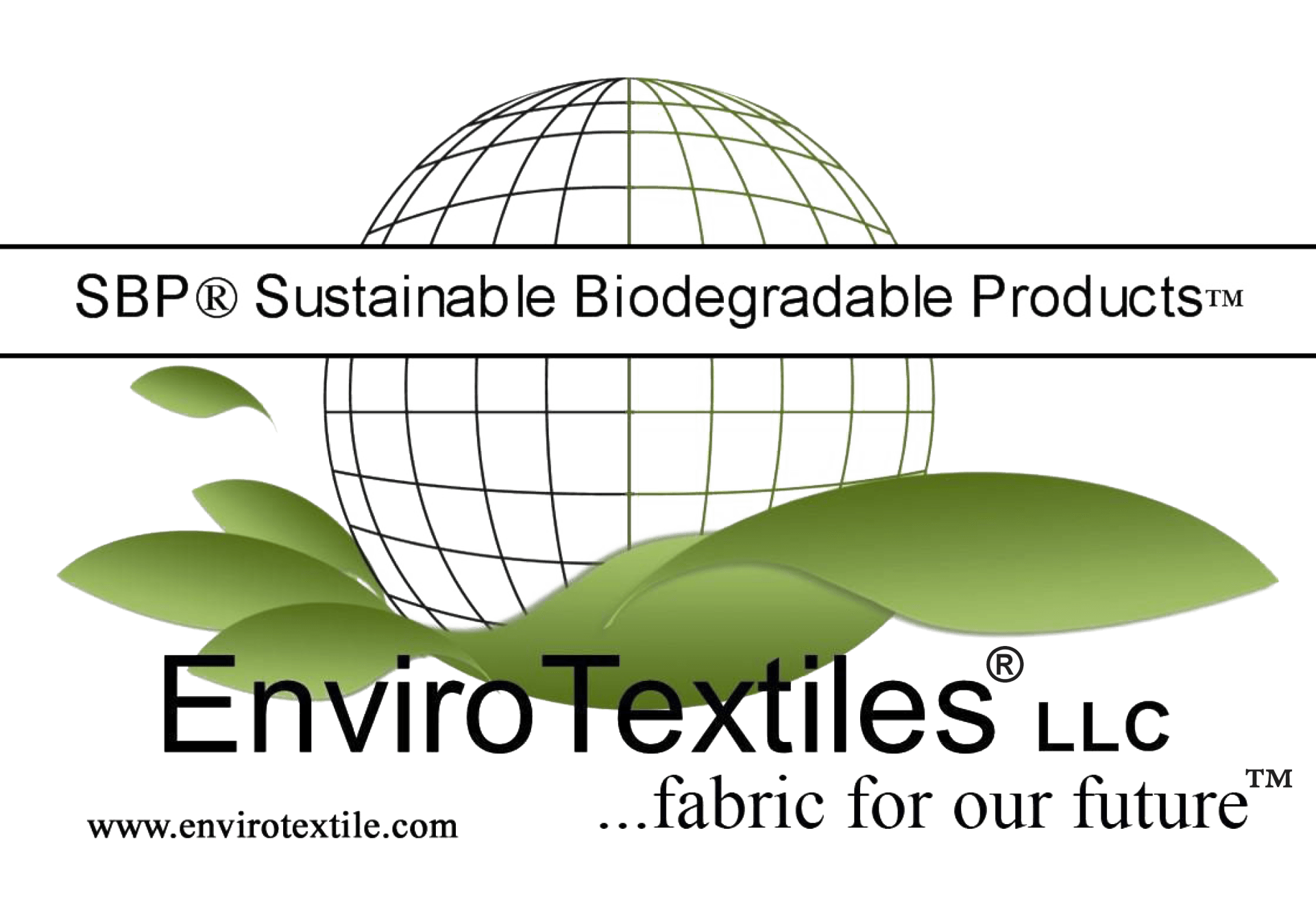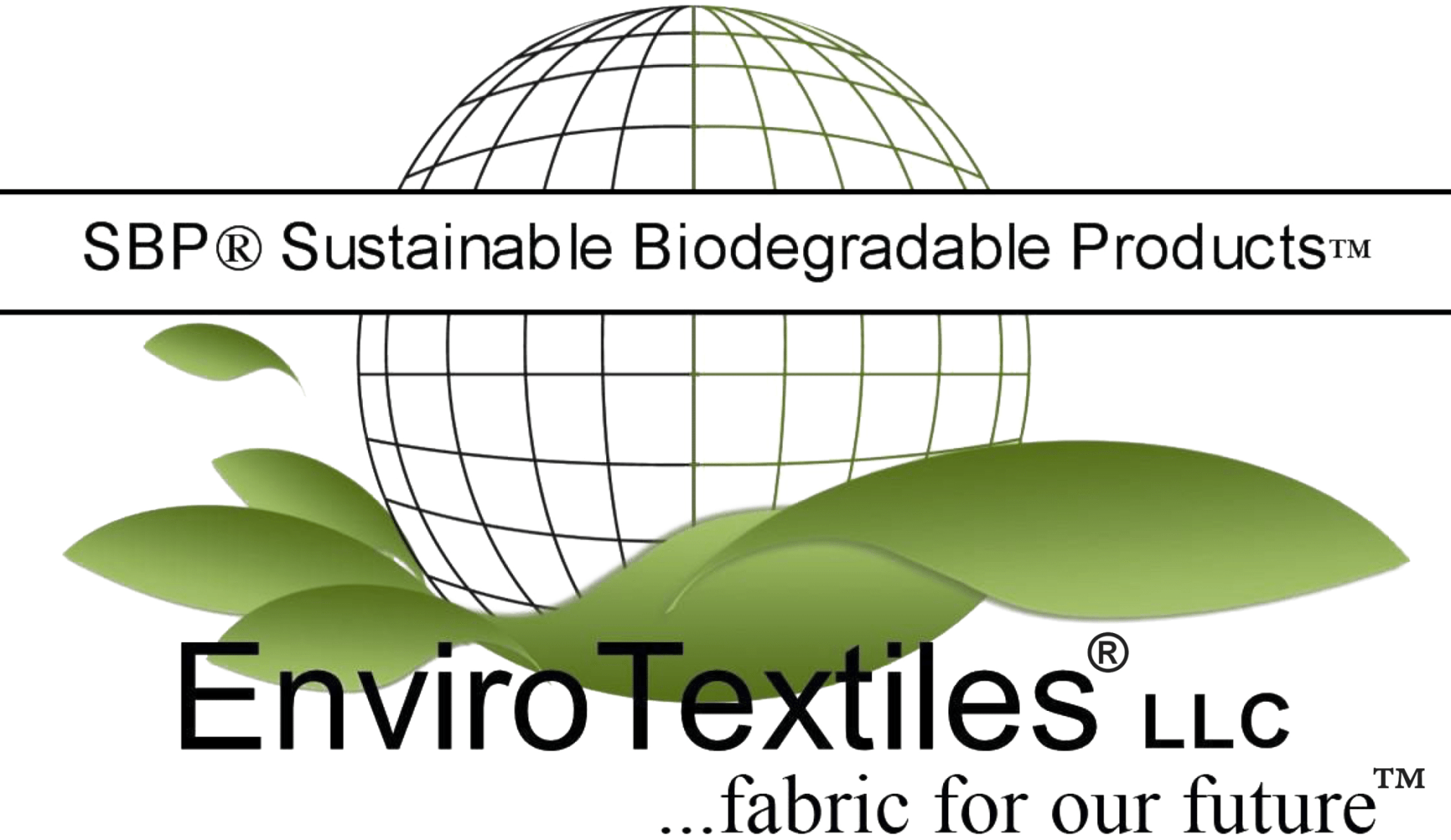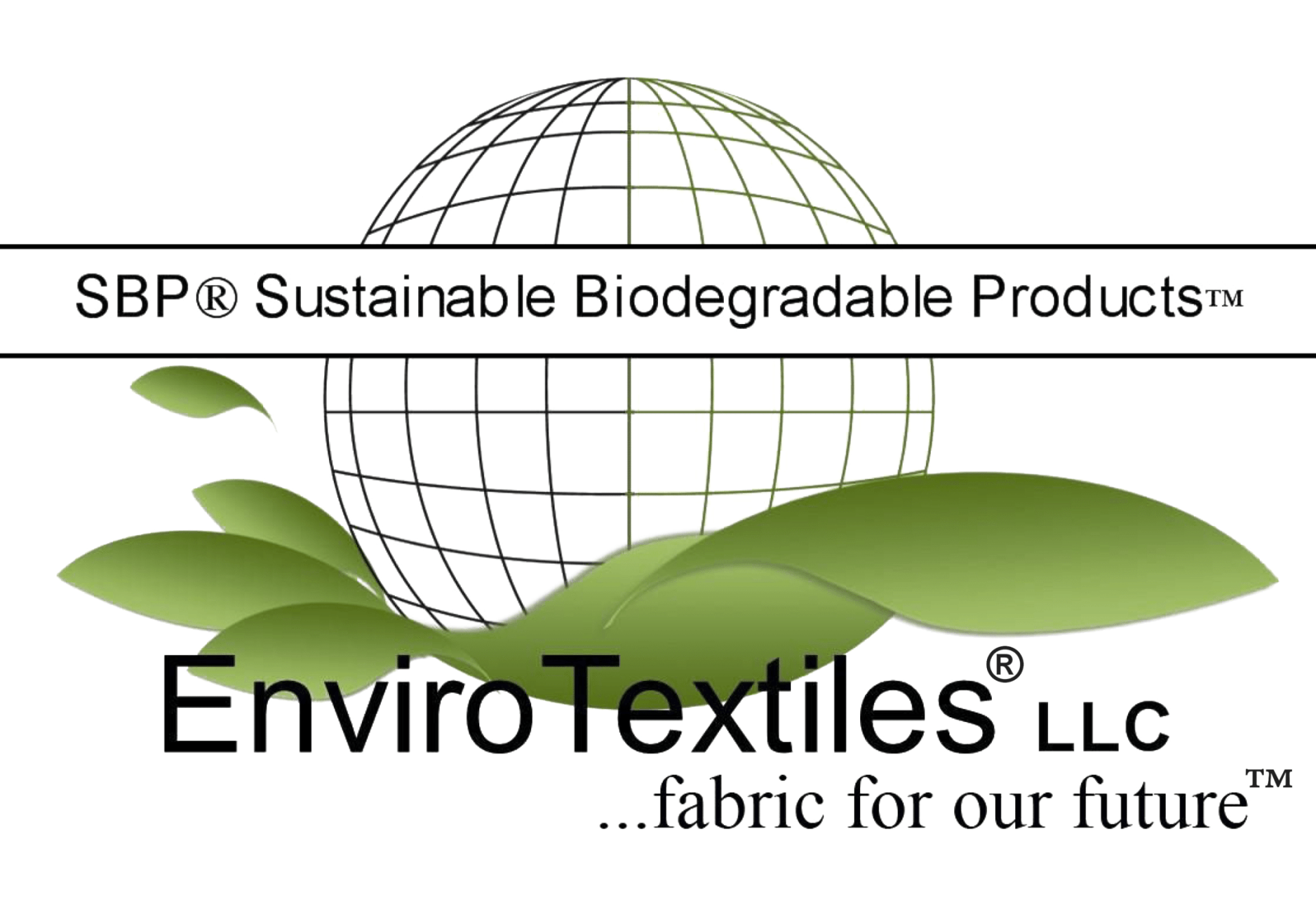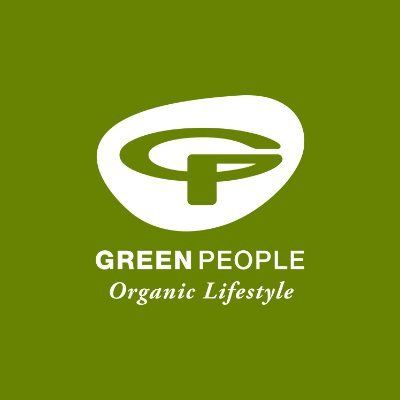Eco-Friendly Fabrics Explained: Why Hemp, Organic Cotton, and More Matter
The Benefits of Eco-friendly Fabrics: A Comprehensive Guide
Are you passionate about keeping our planet clean and green? Choosing eco-friendly, natural fiber textiles are an excellent way to contribute to a healthier environment while creating stylish and comfortable products. So, let's dive into the details of sustainable fabrics like hemp, organic cotton, and others, and explore their advantages over synthetic materials!
Eco-friendly fabrics are more than just a trend—they're an essential shift in the way we approach textiles and fashion. These sustainable fabrics offer numerous advantages for our environment and promote healthier lifestyles.
So, let’s take a look at some popular eco-friendly fabrics and their unique benefits, how they add value to various products, and why they are worth investing in for the future.
The Rising Popularity of Hemp as a Sustainable Fabric
Hemp has been one of the most popular eco-friendly materials in recent years. Known for its durability and versatility, it offers a fantastic alternative to synthetic fabrics and non-organic cotton. Some key advantages of using hemp fabrics include:
- Fast-growing plant: Hemp matures quickly, typically within 90 to 100 days, allowing for multiple harvests per year. This means a higher yield and less land needed for planting.
- Natural Resistance: The Industrial Hemp plant is naturally resistant to pests and diseases, which reduces and, in some cases, eliminates the need for harmful pesticides and synthetic fertilizers. By using an alternative like hemp, we can reduce the use of these chemicals and support a cleaner environment.
- Biodegradable: Unlike synthetic materials, hemp is biodegradable and decomposes naturally, reducing the waste in landfills and the pollution in our oceans.
- Versatility: With a wide variety of applications, ranging from clothing and accessories to home furnishings and upholstery, hemp offers endless possibilities for sustainable products.
Organic Cotton: A Healthier Choice for Clothing and More
Organic cotton is another crowd favorite when it comes to eco-friendly fabrics. Grown without the use of harmful pesticides and synthetic fertilizers, organic cotton is gentle on the environment and safe for the people involved in its production. Here's why organic cotton stands out:
- Soil Health: Organic cotton farming promotes the health of the soil by keeping it fertile and eliminating the use of harmful chemicals. Healthy soil is important for a productive and thriving ecosystem.
- Water Conservation: Organic cotton farming requires less water compared to conventional cotton, helping to preserve this essential resource for future generations.
- Chemical-Free Processing: Organic cotton is processed without the use of harmful chemicals, which makes it safer for humans and the environment.
- Comfort: Organic cotton garments are soft, breathable, hypoallergenic, and gentle on the skin, making them perfect for everyday wear and people with sensitive skin or allergies.
Flax Linen: The Timeless Choice for Sustainable Fashion
Linen, made from flax plant fibers, has been a staple in the world of sustainable fashion for centuries. Its timeless appeal and natural durability make it an excellent choice for eco-conscious consumers. Some of the reasons why people love flax linen include:
- Climate-Friendly: Flax is a low-impact crop that requires little water and no synthetic fertilizers to grow, making linen fabric an environmentally responsible choice.
- Durable and Long-Lasting: Linen is a strong fabric that lasts for years, making it a cost-effective and eco-friendly investment.
- Breathability: Linen's natural fibers allow for excellent air circulation, making it a comfortable choice for warmer climates or during the summer months.
- Stylish: Linen's unique texture and style make it a fashionable choice for clothing, home textiles, and accessories.
Silk: The Luxurious Eco-Friendly Fabric
Silk, while often associated with luxury, can also be an eco-friendly fabric when sourced sustainably. Known for its natural sheen and softness, silk has been a coveted material for centuries. Here's what makes silk a valuable addition to the list of sustainable fabrics:
- Renewable Resource: Silk is produced by silkworms, and when managed responsibly, it can be a renewable and sustainable resource. The cultivation of mulberry trees, which are fed to silkworms, requires minimal pesticides and fertilizers.
- Biodegradable: Like other natural fibers, silk is biodegradable and will decompose over time, reducing its environmental impact compared to synthetic materials.
- Minimal Water Use: The production of silk generally requires less water than many other textiles, making it a more sustainable option in regions where water conservation is important.
- Durable and Long-Lasting: Despite its delicate appearance, silk is a strong, durable fabric that can last for many years, especially when cared for properly. This longevity makes it a more sustainable choice over time.
- Thermoregulatory Properties: Silk's natural properties help regulate temperature, keeping you cool in the summer and warm in the winter, making it a versatile choice for clothing and bedding.
Invest in a Sustainable Future with Eco-friendly Fabrics
Choosing eco-friendly fabrics like hemp, organic cotton, and flax linen is a smart decision for a healthier environment, and it provides stylish and comfortable products for consumers to enjoy. By investing in sustainable textiles and promoting their use, we can increase awareness about their benefits and encourage others to adopt eco-friendly practices.
Visit EnviroTextiles® LLC today to explore our wide range of
sustainable fabrics
and experience the difference for yourself. Together, we can embrace a greener, cleaner future for our planet and our wardrobes!











